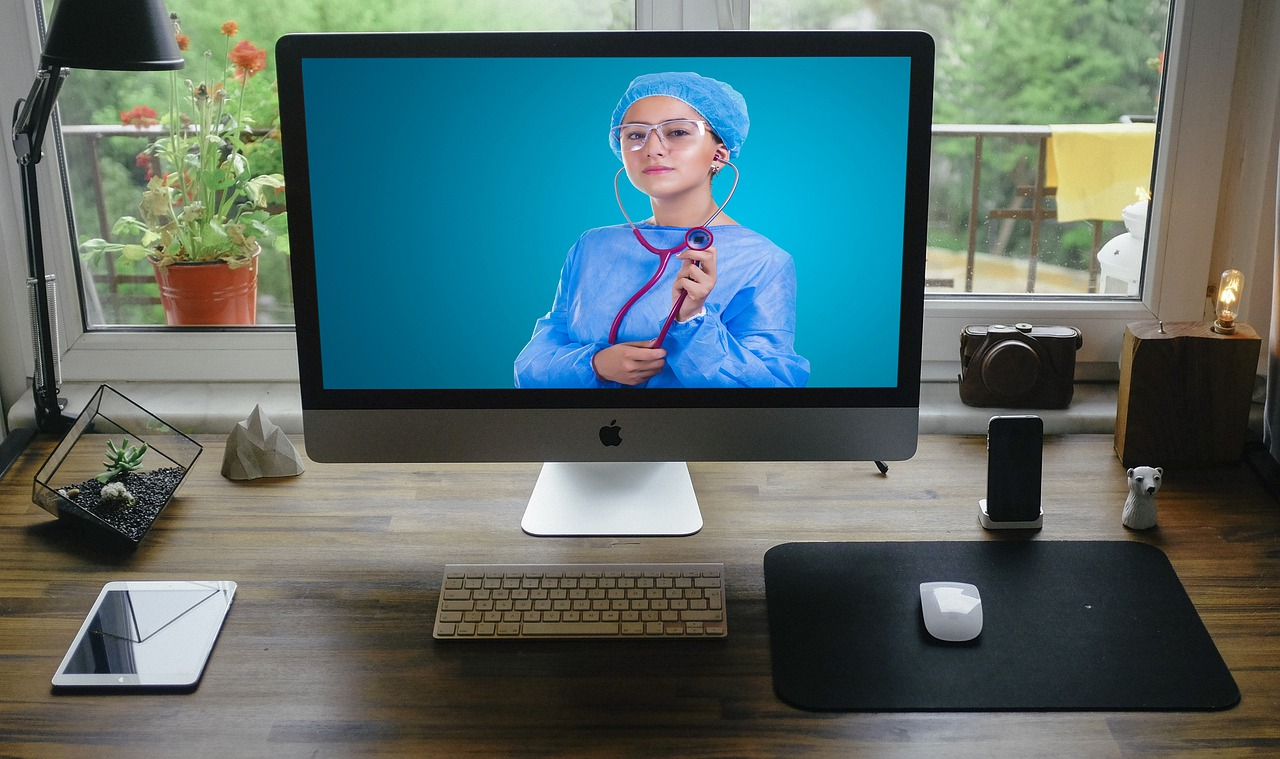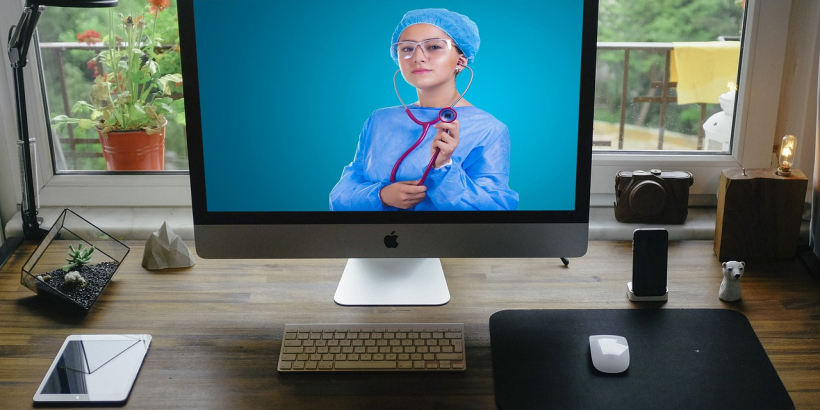
By Jori Hamilton
Telehealth certainly was not born with the COVID-19 pandemic, but it was during the pandemic, when a struggling healthcare system turned to the technology to alleviate some of the caregiving burden, that the true potential of telehealth was revealed. Despite the surging popularity of telehealth today, however, this does not mean that all barriers have been overcome. To be sure, significant progress regarding access has been made, but more remains to be done.
The Good News
Telehealth is nothing new, of course, but with the advent of coronavirus, public health officials, healthcare providers, and government leaders alike turned to telehealth to enable patients to receive consistent, quality healthcare from the safety of their homes.
And that not only instigated an unprecedented surge in demand but also a significant leap forward in the effort to ensure greater accessibility to telehealth services for all those who need them. For example, the pandemic inspired changes to Medicare and Medicaid regulations which allowed telehealth services to be covered by these programs.
This means that many, though by no means all, elderly, disabled, and low-income persons were able to access telehealthcare, perhaps for the very first time.
In addition, the proliferation of mental healthcare services provided through a myriad of online platforms, from video conferences conducted on PC and smartphone to mental health support provided through text message, has helped to further break down barriers to care. Patients who might otherwise have refused mental health services due to the fear of stigmatization were at last able to receive the care they needed.
The Bad News
Despite the significant advancements in telehealth accessibility that have been made in recent years, however, substantial barriers, unfortunately, still exist.
For example, persons with disabilities may encounter formidable challenges in using the technology. Patients with mobility, hearing, or visual impairments may be physically unable to operate the system, for example. Likewise, those with dementia or other cognitive or developmental challenges may be unable to understand or remember how the system works. To overcome these obstacles, persons with disabilities may need adaptive equipment and specialized support to enable them to access the telehealth services they need.
Similarly, patients from diverse cultural and linguistic backgrounds may also have problems utilizing these technologies. Addressing such issues will require a multipronged approach. System developers, for instance, must create platforms that can accommodate diverse languages, including incorporating translation software whenever possible.
But it doesn’t end there, because such patients will also require the support of healthcare providers, including nurses, who are prepared to communicate clearly, effectively, and with empathy and understanding with those from diverse cultural and linguistic backgrounds.
One strategy to facilitate this process is to integrate chat support into telehealth platforms. Through the use of trained support representatives, telehealth patients can be directed immediately to the healthcare provider who can best support their needs. This would include the ability for support personnel to direct non-English speaking patients to nurses and doctors who speak their language. Similarly, patients who are Deaf or hearing impaired may be directed to healthcare providers who speak American Sign Language for video consultations.
The Takeaway
Telehealth has truly revolutionized healthcare, particularly in the wake of the COVID-19 pandemic. And because of this, several barriers to access have been overcome, including the lack of access to telehealth services for patients on Medicare and Medicaid. And the proliferation of online mental health services has increased access to care for many who feared the stigma of seeking traditional, in-office care. Despite these important advances, however, there are still significant barriers to be overcome, particularly for patients with disabilities and those who derive from diverse cultural and linguistic backgrounds. Only when accessibility barriers have been overcome for all patients can the true promise of telehealth be fulfilled.

Jori Hamilton is an experienced writer residing in the Northwestern U.S. She covers a wide range of topics but takes a particular interest in topics related to politics, urban living, society, and health. If you’d like to learn more about Jori, you can follow her on Twitter and LinkedIn.
